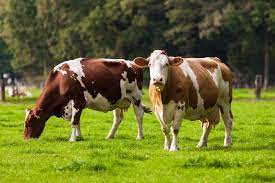Veganism Might Not Be the Most Sustainable Diet
Author: Bob Holmes
As governments drag their feet in responding to climate change, many concerned people are looking for actions that they can take as individuals - and eating less meat is an obvious place to start. Livestock today account for about 14.5 percent of global greenhouse-gas emissions. Those numbers are daunting, but the situation could grow even worse: Our appetite for meat is increasing. The United Nations forecasts that the world will be eating 14 percent more of it by 2030, especially as middle-income countries become wealthier. That means more demand for pasture and feed crops, more deforestation, and more climate problems. For people alarmed about climate change, giving up meat altogether can seem like the only option. One big reason for meat’s outsized environmental impact is that it’s more efficient for people to eat plants directly than to feed them to livestock. Chickens need almost two pounds of feed to produce each pound of weight gain, pigs need three to five pounds, and cattle need six to 10 - and a lot of that weight gain is bones, skin, and guts, not meat. As a result, about 40 percent of the world’s arable land is used to grow animal feed, with all the attendant environmental costs related to factors such as deforestation, water use, fertilizer runoff, pesticides, and fossil-fuel use.

